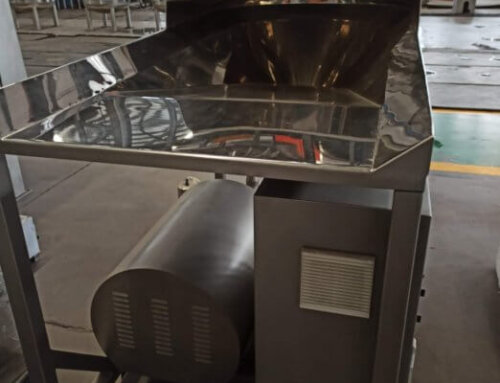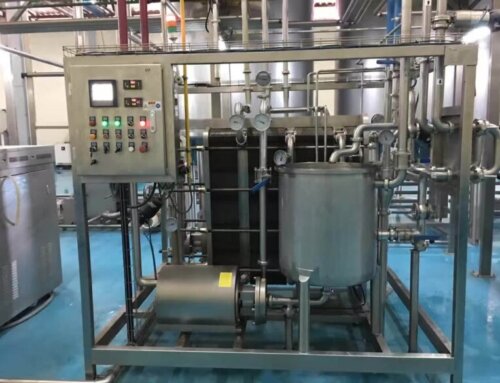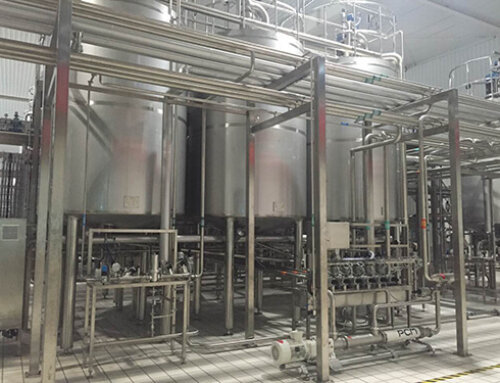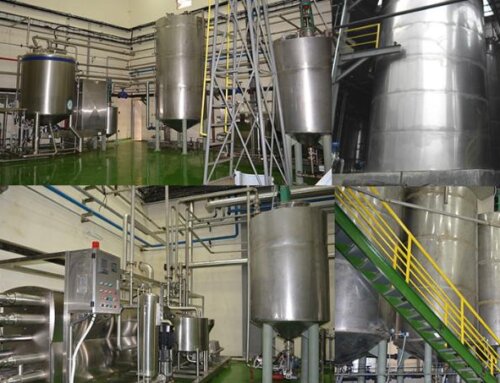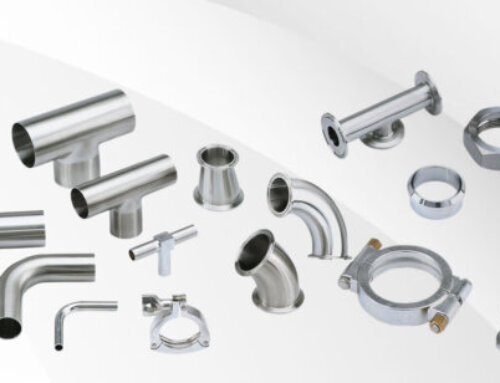Instant Coffee Processing Plant Introduction
Instant coffee is a popular beverage enjoyed worldwide due to its convenience and ease of preparation. Unlike regular coffee, which requires brewing through filters or machines, instant coffee can be prepared simply by adding hot water to the soluble coffee powder. Instant coffee processing involves transforming ground coffee beans into a dry, soluble form that can quickly dissolve in water, offering a fast and convenient alternative to traditional brewed coffee.
The capacity for instant coffee processing is from 500L per hour to 5000L per hour, and the end products can be filled into sachets, plastic jars, pouches and other consumed containers.
The instant coffee processing machines include a coffee bean reception system, green coffee bean roasting machines, coffee bean grinding machines, coffee extraction tank, coffee extract disk separating machine, coffee extract evaporating machine, coffee concentrate spray drying/freeze drying machine, instant coffee powder filling and packing machines, CIP cleaning system, steam boiler, cooling tower, water chiller, etc.
The instant coffee production process typically includes the following stages: roasting, extraction, concentration, drying, and packaging. The goal of instant coffee processing is to retain the flavor, aroma, and quality of fresh coffee while providing consumers with a quick and easy coffee solution. There are two main methods used for drying the coffee extract: spray drying and freeze drying. These methods help to preserve the volatile compounds in coffee, which contribute to its taste and fragrance.
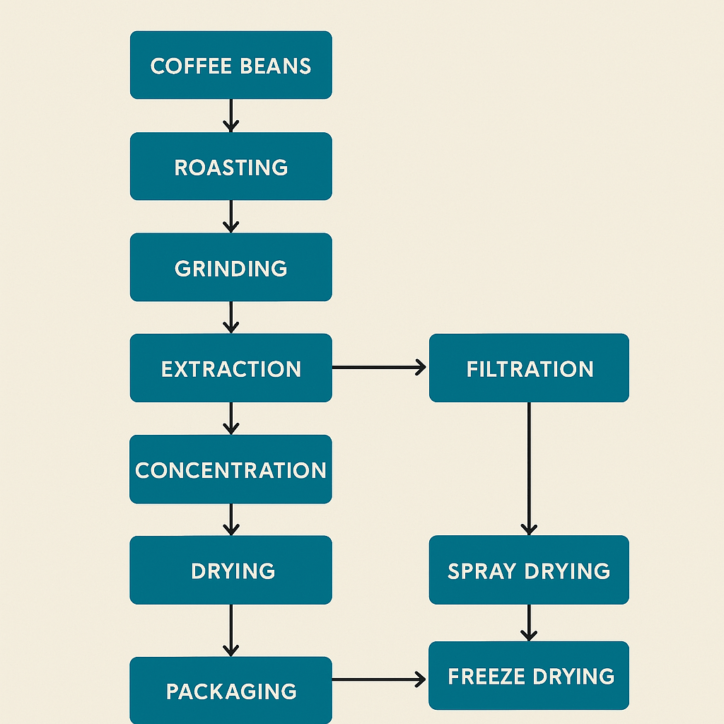
Types of Instant Coffee Processing
Freeze-Dried Instant Coffee: Made using the freeze-drying method, it retains more of the original flavor and aroma, often preferred by consumers who seek higher-quality instant coffee, and freeze-dried instant coffee investment is much bigger due to this method can keep the coffee’s original flavor and aroma fully compared to spray-dried coffee powder.
Spray-Dried Instant Coffee: Produced using spray drying, this is the more common and cost-effective type of instant coffee. It typically has a lighter flavor and is used in a wide range of commercial products.
Micro-ground Instant Coffee: This is a type of instant coffee where finely ground coffee particles are added to the soluble coffee powder. The result is a more robust flavor, similar to brewed coffee.
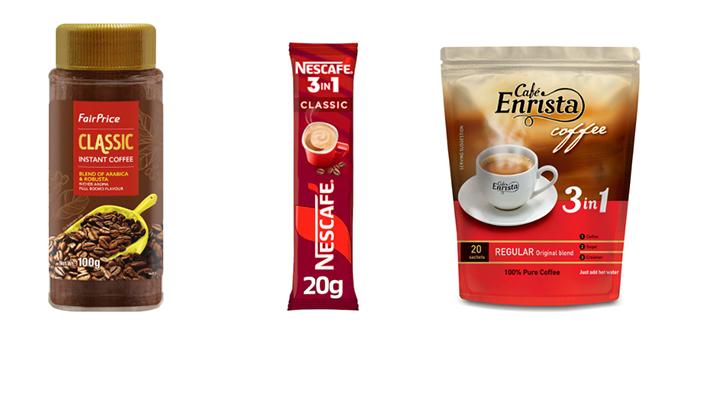
Instant Coffee Processing Key Process Introduction
Fresh Coffee bean selection and pretreatment system
Selection: High-quality coffee beans are selected based on the type of coffee desired (e.g., Arabica or Robusta) and the flavor profile intended for the instant coffee.
Pretreatment: The pretreatment system for coffee beans mainly includes the green coffee beans washing and cleaning to remove the dust, stones, and impurities by destoner, sieve screen, and bubble washing machine, selecting and grading to sort based on size and quality by manual selecting or mechanical selecting.
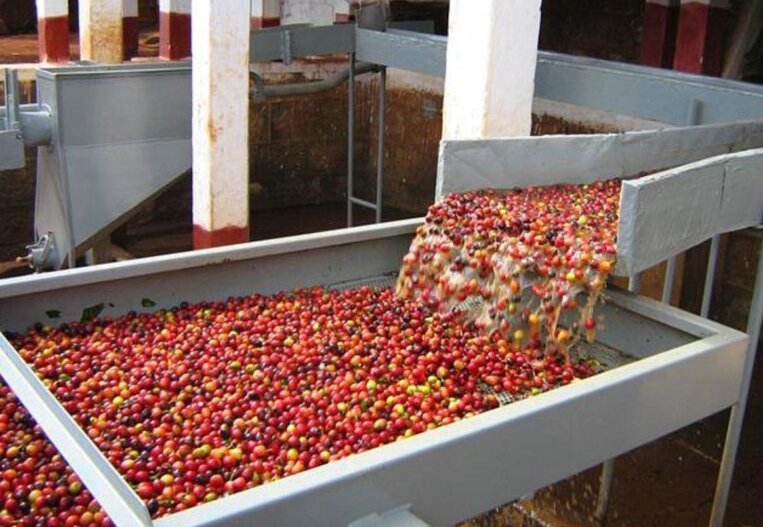
Coffee beans roasting and grinding
Roasting: The coffee beans are roasted to develop their flavor and aroma. Roasting is a critical step, as it affects the final taste of the instant coffee. The beans are typically roasted at temperatures between 180-250°C for about 10-20 minutes till the coffee beans turn brown from green and are cracked, then use the air dryer to cool down the coffee bean to 30℃.
Grinding: After roasting, the coffee beans are ground into a coarse powder use for ultrafine grinder to about 1mm fineness. This helps to enhance the extraction process, as smaller particles allow for better contact with the water during brewing.
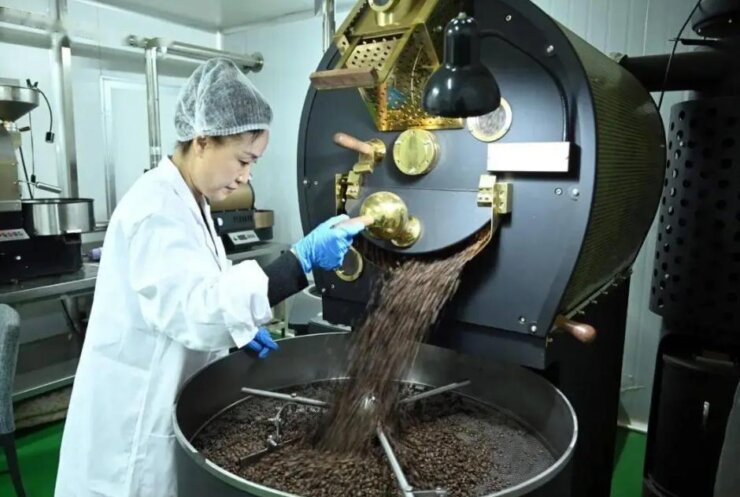
Coffee extracting and brewing
Coffee extraction is a controlled process designed to optimize yield, consistency, and flavor at scale. It typically uses batch brewers and continuous extractors.
The coarse coffee powder will be fed into the coffee extracting tanks for extraction and brewing, when for extraction, where hot water is used to extract the soluble coffee solids (flavor, oils, and soluble compounds). Time and temperature play a crucial role in determining the final quality of aroma, usually, lower temperature and shorter extraction time can get higher quality products. When brewing coffees, here are the typical parameters: brewing temperature is about 85-95℃, brewing time is about 30-45mins, extraction yield is about 18%-22%, and coffee powder and water ratio is about 1:15-1:25.

Coffee extract concentration
The coffee extract is then concentrated by removing excess water. This can be done using evaporators, which heat the extract and reduce the moisture content, leaving behind a more concentrated coffee solution.
Most of the coffee extract is concentrated by a vacuum-falling film concentrator. The vacuum degree of vacuum concentration is greater than 0.09Mpa, so that the concentration of the concentrated liquid can reach 35%-60%. To reduce the loss of aromatic substances during the concentration process, the concentrated liquid from the concentration tank needs to be cooled and pumped into the liquid storage tank.

Coffee concentrate drying
The concentrated coffee extract is then dried to create instant coffee powder. There are two primary drying methods used:
Spray drying: Suitable drying conditions can minimize the loss and change of coffee powder flavor components. The spray drying process is hot air inlet temperature 205-210℃, outlet temperature 105-110 ℃, spray pressure 4.9-17.2MPa. After spray drying, the water content of the coffee powder is about 3%. Spray drying is a quick method and produces a more uniform, soluble powder.
Freeze-drying: The concentrated coffee is frozen and then the water is removed through sublimation, resulting in a powdery product with superior flavor retention. Freeze-dried coffee tends to preserve more of the coffee’s aroma and flavor but is more expensive and time-consuming than spray drying.

